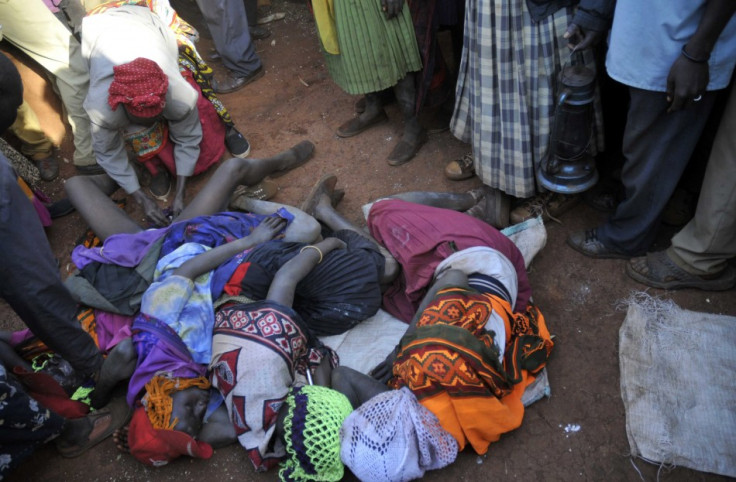Female Genital Mutilation: Rights Groups Urge Zero Tolerance

Thirty years of campaigning has failed to end the potentially fatal practice of female genital mutilation - and governments are to blame, according to female rights activists.
Government policies have proved ineffective, said the groups, which have been marking their fight with the ninth International Day of Zero Tolerance to Female Genital Mutilation (FGM), a UN initiative.
According to the World Health Organisation, 140 million women and girls live with the consequences of FGM. Three million are forced to undergo the practice each year.
In Africa alone, an estimated 92 million girls over the age of 10 have been coerced into submitting to the procedure, which can kill them.
As part of its fight, the Inter-African Committee on Harmful Traditional Practices Against Women and Girls has issued a statement calling on member states to support efforts to adopt a UN draft resolution to ban the practice throughout the world.
The group warned that despite 30 years of campaigning, the practice of enforced female circumcision continues. Not only is it dangerous but it deprives women and girls of their basic human rights and is detrimental to their health. FGM is not confined to Africa but is carried out across the globe.
Amnesty International and the European Women's Lobby have urged the EU to draw up a strategy to end FGM, calling it one of the many forms of violence against women.
According to estimates by the European Parliament, 500,000 women and girls in Europe suffer the lifelong consequences of FGM. Another 180,000 are at risk each year.
It has been criminalised in France, the UK and Sweden but violations continue.
"This shows that legislation is not the master key that will lock all doors to this human rights violation", said Dr Christine Loudes, director of Amnesty International's European Campaign to End FGM. "The EU must take a holistic approach, which engages community members to ensure girls are protected and their families are not stigmatised."
FGM Fact Sheet
Female genital mutilation is a term used to refer to all procedures that involve the partial or total removal of the external female genitalia or other injury to the female genital organs for non-medical reasons.
Female genital mutilation of any type has been recognised as a harmful practice and violation of the human rights of women and girls.
According to the WHO, there are four major types of FGM:
- Clitoridectomy: partial or total removal of the clitoris and, in very rare cases, the prepuce (the fold of skin surrounding the clitoris).
- Excision: partial or total removal of the clitoris and the labia minora, "the lips".
- Infibulation: narrowing of the vaginal opening through the creation of a covering seal. The seal is formed by cutting and repositioning the inner, or outer, labia, with or without removal of the clitoris.
- Other: all other harmful procedures to the female genitalia for non-medical purposes, such as pricking, piercing, incising, scraping and cauterising the genital area.
Key Facts:
• The procedure has no health benefits for girls and women.
- Procedures can cause severe bleeding and problems urinating. The formation of cysts as well as the development of infections can lead to infertility or complications in childbirth that pose a higher risk of death to newborns.
- About 140 million girls and women worldwide live with the consequences of FGM.
- FGM is largely carried out on young girls between infancy and age 15.
- In Africa, an estimated 92 million girls over the age of 10 have undergone the procedure.
- FGM is a violation of the human rights of girls and women.
© Copyright IBTimes 2024. All rights reserved.





